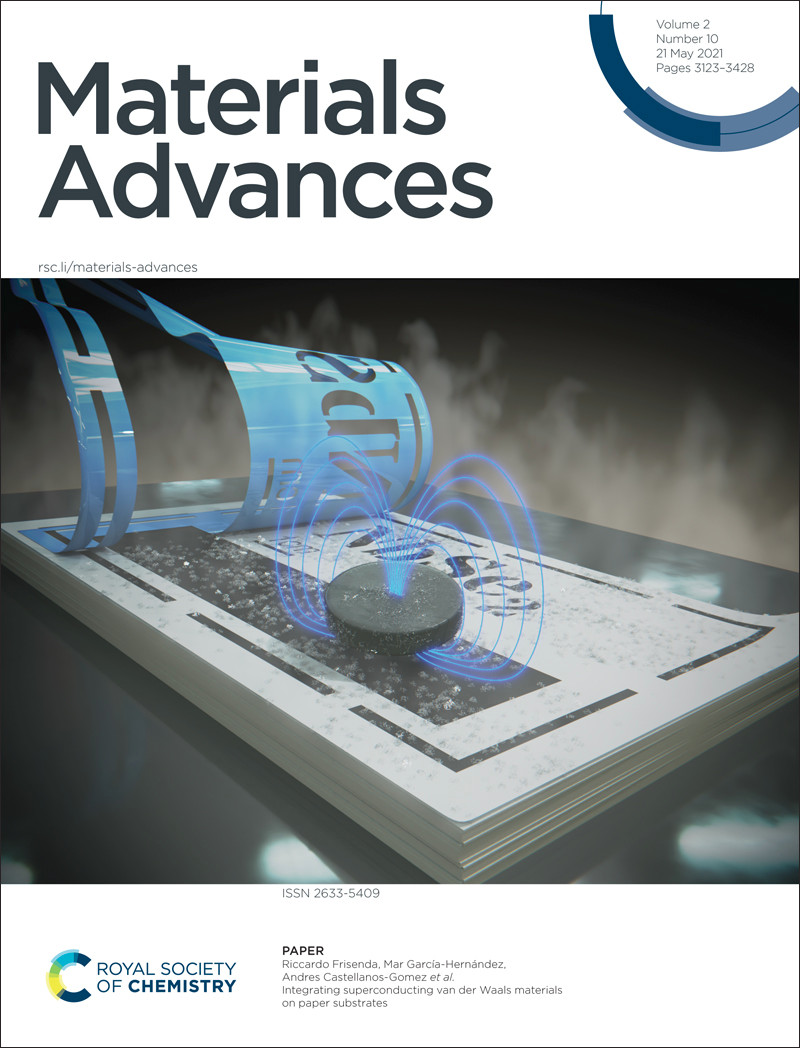Magnetic skirmions are quasiparticles which present extended configurations (or textures) of spins and their physics are of great interest since they could be used in spintronics as sensors or memory storage devices. Its manipulation and tailoring is thus of great importance.

In a recent work published in Nanoscale, a group led by Prof. Agustina Asenjo, report the stabilization of half hedgehog skyrmionic configuration in permalloy hemispherical nanodots, induced by the stray field of the MFM probe.
As the first author, Eider Berganza, explains, “this is a remarkable achievement due to soft magnetic nature of the permalloy and the absence of the choice of the material, which does not present magnetocrystalline anisotropy or Dzyaloshinskii–Moriya interaction, considered as necessary ingredients for the nucleation of skyrmions”.
This research, has been a huge collaborative effort that involved sample preparation, measurements and theoretical micromagnetic simulations in Spain, Germany and the US.

This image we did under the supervision of Eider Berganza and Miriam Jaafar (ICMM-CSIC) has been featured in the Cover of Nanoscale. Personally, has been the apex of a long and beautiful collaboration with old friends.










